From little villages and large cities to mountains, deserts, and offshore platforms, electricity is present everywhere. And the distribution system, electricity cables, and electrical transformer substations make it all possible.
Electricity is transferred from a power plant or generator park to a grid that distributes it over an area via what are known as power transmission lines, sometimes known as high-voltage lines. This is the point at which electrical substations become relevant.
What is an electrical substation?
An electrical substation is a facility created to set appropriate voltage levels for generating, transforming, controlling, and distributing electricity. Typically, they are situated on the edges of consumption areas, either inside or outside buildings to conserve space, but they can also be found near power plants or on the outskirts of urban areas with outdoor setups.
The key distinction between a transformer station and an electrical substation lies in the scale of the installations. Transformer stations are connected to high/medium-voltage transmission systems, whereas electrical substations are intended to manage and convert lower voltages.
Functioning of an electrical substation
Electrical substations serve for the production, conversion, transformation, and regulation. And distribution of energy. Thanks to this infrastructure, electricity can be distributed and reach different geographical areas.
The electricity that reaches our homes must have the appropriate power so that we can safely use electronic devices. This is possible thanks to the different types of electrical substations, which level the power and transform and distribute electricity.











